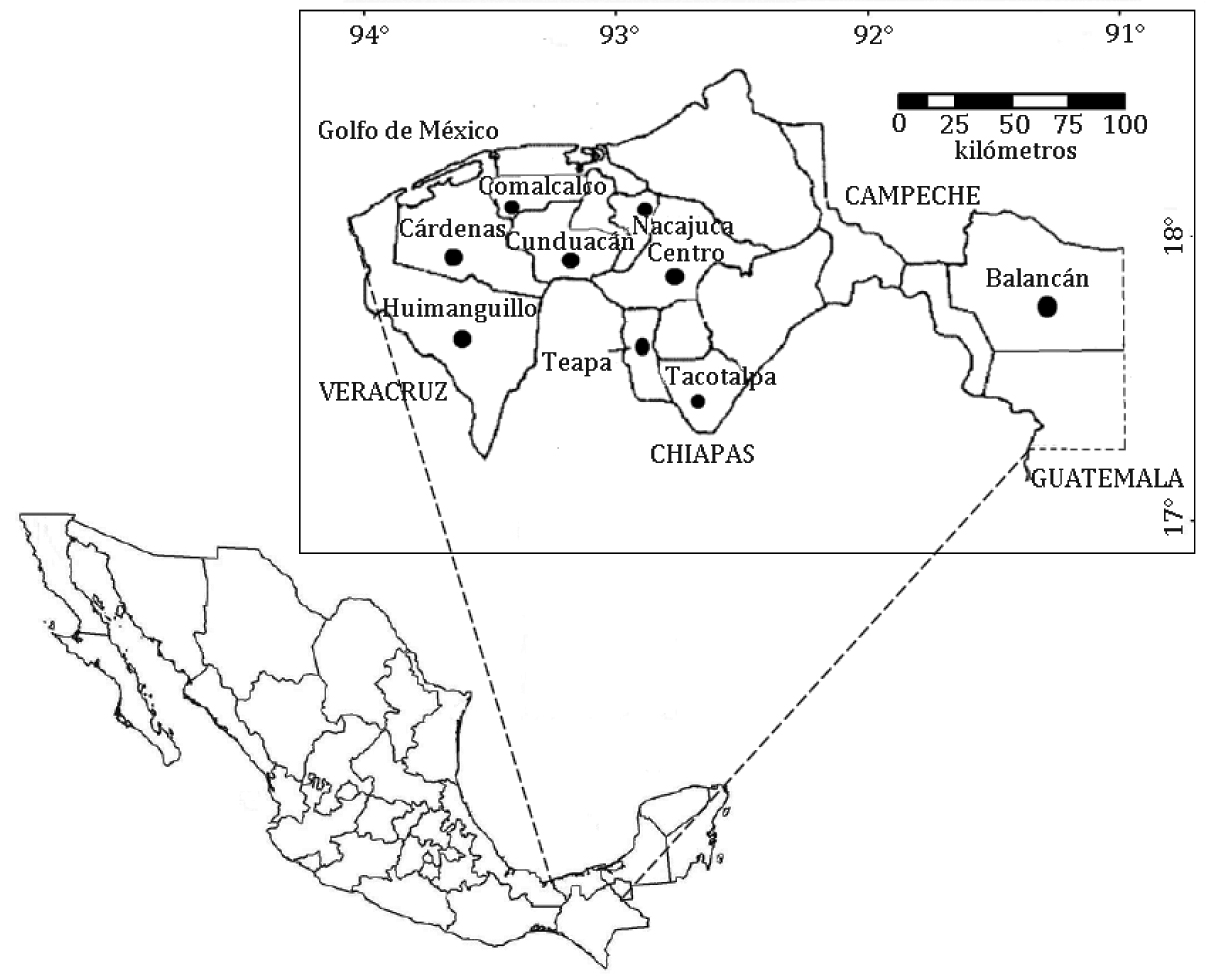Site index for Cedrela odorata in the humid tropics of Mexico
Keywords:
site index, wood yield, forest managementAbstract
Foresters of the humid tropical zone of Mexico require direction regarding what treatments they should apply to their plantations of Cedrela odorata and the growth rates they can obtain. For this reason, the present study was conducted in 22 plantations in Tabasco, Mexico. The objectives were to develop a model to determine site index through algebraic expressions that model the dominant height growth with tree age, and to determine the mean annual growth in volume of timber in ten-year-old stands, in order to relate the site index to expected production. Of the five models tested, Hossfeld IV obtained the best goodness of fit based on statistics of efficiency, MRES, AMRES, residual analysis and graphic analysis of fit to the observed data. Model is efficient between 4 and 12 years age plantation. Three classes of site index were established: 11 m for low quality, 15 m for medium quality and 19 m for high quality at a base age of ten years. Tree growth comprised between 1.40 and 21.65 m3"¢ha-1"¢year-1 at ten years in the lowest and highest qualities, respectively

Downloads
Published
Issue
Section
License
Aquellos autores/as que tengan publicaciones con esta revista, aceptan las Políticas Editoriales.


